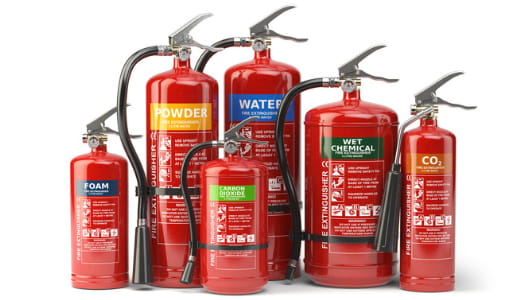In today’s digital age, data is the lifeblood of every organization. With the increasing reliance on data centres to store, process and manage data, ensuring their security is of paramount importance.
Data centres are particularly vulnerable to fire hazards, which can lead to catastrophic data loss and operational downtime. In this blog post, we will discuss the ways to protect the data centre with a reliable fire suppression system.

Protect Your Data Center with a Reliable Fire Suppression System

Importance of data centre security
Data centres play a crucial role in managing the data of modern businesses. Data centres are digital farms which host the servers, internet connectivity, and HVAC systems. They house essential data and computing infrastructure that are vital to the success of the organization. Thus, data centre security is of utmost importance.The risk of fire hazards in data centres
Data centres are susceptible to fire hazards due to the presence of electrical equipment and cabling, cooling systems, and other combustible materials. A fire can cause significant damage to the data centre and disrupt the operations of the organization.What is a fire suppression system?
A fire suppression system is a specialized system designed to detect and extinguish fires quickly. It is a critical component of any fire protection strategy.Types of fire suppression systems
There are several types of fire suppression systems, including water-based, gas-based, foam-based, and hybrid systems. Each system has its advantages and disadvantages, and the choice of system depends on the specific requirements of the data centre.1 – Water-based fire suppression systems
Water-based fire suppression systems are the most common type of fire suppression system used in data centres. The water-based fire suppression systems are not effective in putting out the fires caused by the short circuits and may cause electrocution. So, such systems are good if used in the corridors of the data centres.2 – Gas-based fire suppression systems
Gas-based fire suppression systems use gases like CO2 or inert gases like nitrogen to suppress fires. These systems are suitable for data centres with sensitive equipment that may be damaged by water.3 – Foam-based fire suppression systems
Foam-based fire suppression systems use a mixture of water and foam to suppress fires. They are effective in suppressing fires caused by flammable liquids and materials.4 – Hybrid fire suppression systems
Hybrid fire suppression systems combine two or more types of fire suppression systems to provide enhanced protection and flexibility. For example, a hybrid system may use a water-based system as the primary response and a gas-based system as a backup.How do fire suppression systems work?
Fire suppression systems work by detecting a fire and triggering a response to extinguish it. The response can be in the form of releasing water, gas, foam, or a combination of these substances to suppress the fire. The electronic circuits are used to detect the rise in the temperature or the increase in the m=amount of CO2 and CO gases in the environment to trigger the fire suppression device.Advantages of using a fire suppression system
The primary advantage of using a fire suppression system is that it can detect and extinguish fires quickly, minimizing damage to the data centre and reducing downtime. A fire suppression system can also provide peace of mind, knowing that the data centre is protected from fire hazards. If maintained properly, the data centre may not face any fire hazards, but it’s imperative to have fire suppression in place for added safety and government regulations.How to Protect Your Data Center from Fire Hazards?
1 – Regular maintenance
Regular inspections and maintenance of fire suppression systems are necessary to ensure their effectiveness. This includes regular testing, cleaning, and replacing components as needed.2 – Employee Training
Proper training for employees and occupants is essential to ensure they understand how to respond in case of a fire. This includes proper evacuation procedures and knowledge of the location of fire suppression systems.3 – Proper ventilation and cooling systems
Proper ventilation and cooling systems can help prevent fires by reducing the buildup of heat and reducing the risk of equipment overheating. They can also help prevent fires caused by flammable gases and liquids.4 – Emergency Drills
An emergency response plan and regular drills can help ensure that employees and occupants know how to respond in case of a fire. This includes knowing the location of fire suppression systems, evacuation procedures, and emergency contacts.Conclusion
Fire suppression systems are an investment, and you should not ignore that. They should not be installed for the sake of complying with government regulations but for the safety of the servers, cooling system, lives and also the bloodline of the modern world, the DATA.Related Articles

Protein Foam: Your Guide to Effective Fire Suppression
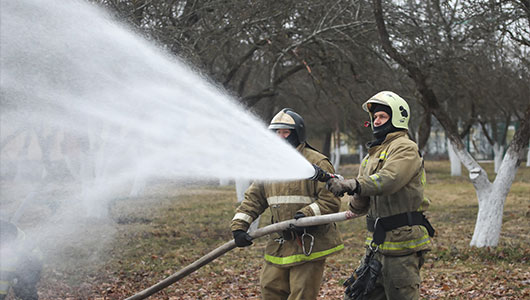
AR-AFFF Foam: Find the Right Formula for Your Needs
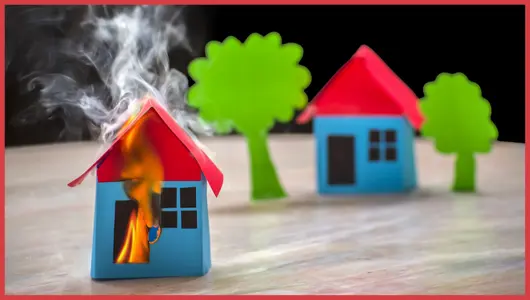
AFFF Foam: Your Essential Guide to Fire Safety

Why ECOFOAM is the Future of Environmentally Friendly Firefighting

Foam Concentrates: Sustainable Solutions for Environmentally Conscious Fire Protection

The Right Foam for Every Fire: Synthetic Concentrates for Varied Hazards & Environments

Expansion Foam Concentrate: The Ultimate Solution for Controlling Flammable Liquid Fires
Stop Fire in Its Tracks: Protein Foam's Versatility Across Hazards & Environments

Fluorine-Free Foam (ECOFOAM): Next-Generation Fire Suppression Solutions for Modern Challenges
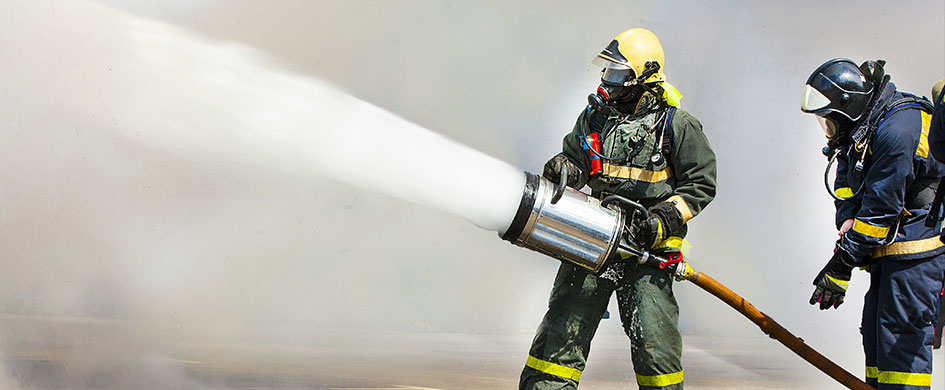
Future of Firefighting is Here: Top Trends in Foam Concentrate Technology Explained

Synthetic Foam Concentrates: The Science Behind Superior Fire Control

Expansion Foam Concentrate: The Game Changer for Fighting Large Fires

Protein Foam 101: How It Works to Fight Fires

Advantages of Advanced AR-AFFF Foam Technology - Fire Protection Ultimate Guide 2024
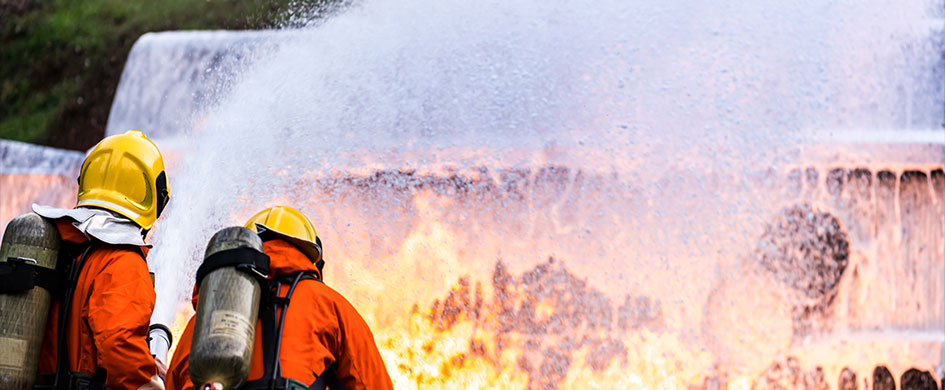
AFFF Fire Suppression: Applications & Benefits for Enhanced Safety
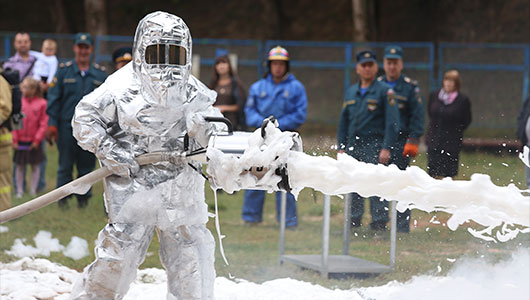
Foam Concentrates vs Traditional Fire Extinguishers: Which is More Effective?

Fight Fires Eco-Friendly: Rise & Future of Fluorine-Free Foam (ECOFOAM)

Synthetic Foam Concentrates: Advancing Fire Suppression with Cutting-Edge Technology

Expand Your Fire Safety Arsenal: Exploring the Versatility of Expansion Foam Concentrate
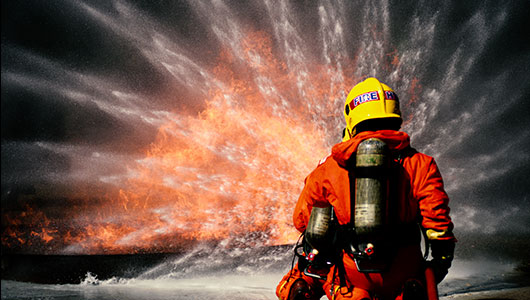
Protein Foam Concentrates: Harnessing Nature's Power for Effective Fire Suppression | Guide 2024

Advanced AR-AFFF Foam: The Cutting-Edge Solution for Superior Fire Suppression Performance
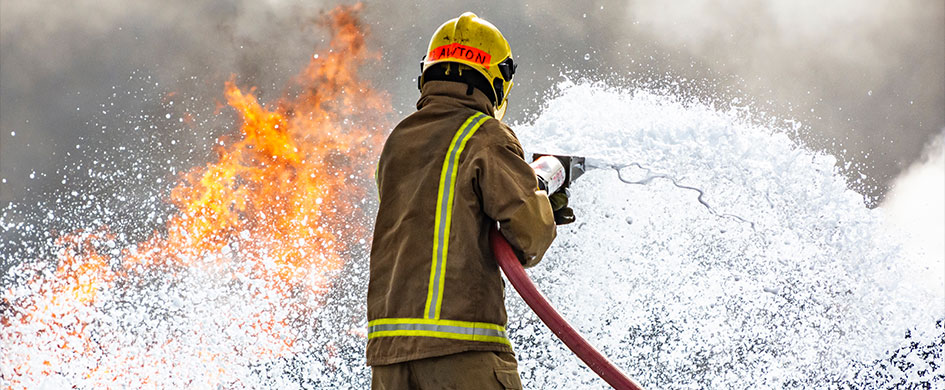
Understanding AFFF Role in Rapid Fire Suppression

The Rise of Eco-Friendly Fire Suppression: Exploring Fluorine Free Foam (ECOFOAM) Solutions

Foam Concentrates: The Ultimate Guide(2024) to Effective Fire Suppression
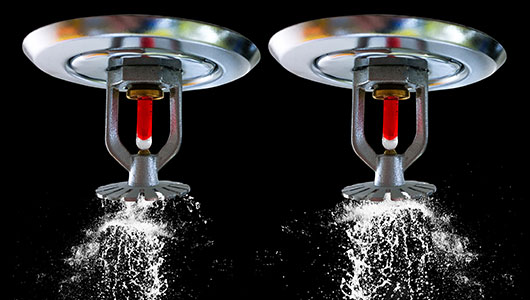
Choosing the Right Fire Sprinkler System for Your Commercial Property
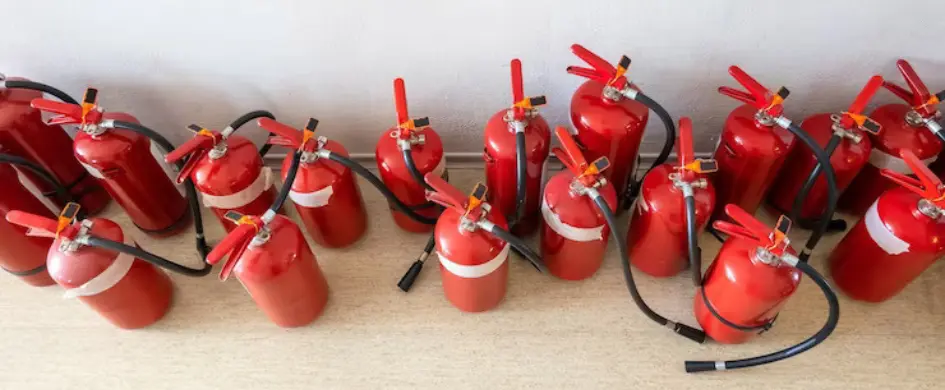
Emergency Evacuation Planning: Steps to Ensure Workplace Safety

The Ultimate Guide to Fire Extinguishers: Types, Uses, and Maintenance
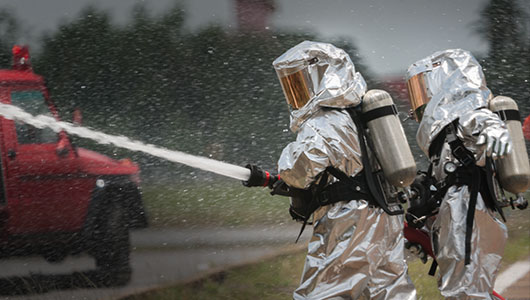
The Role of Personal Protective Equipment (PPE) in Firefighting

Keeping Your Business Safe: A Comprehensive Guide to Fire Risk Assessments
Protecting Your Electrical Equipment: The Importance of a Fire Suppression System for Electrical Panels

How to choose a water mist fire extinguisher
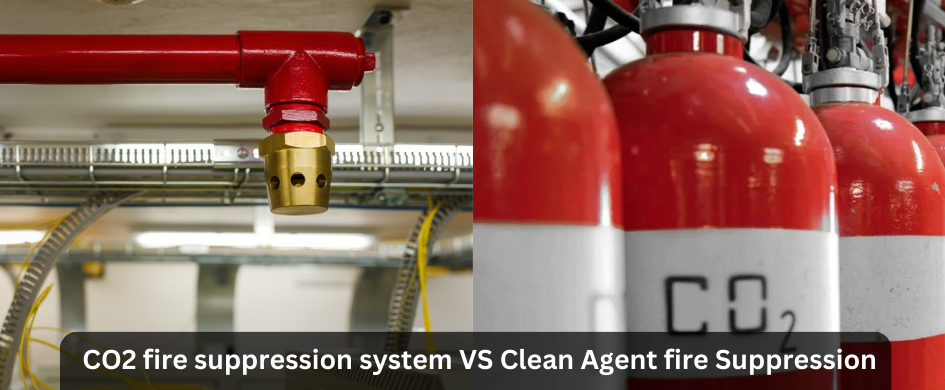
CO2 Fire Suppression System vs Clean Agent fire Suppression
Ensuring Safety in the Factory: Choosing the Right Fire Fighting Equipment
The Top 5 Places Where Fire Suppression Systems are a Must

How to Choose the Right Fire Safety Equipment for Factories

Difference Between Fire Suppression System and Fire Sprinkler
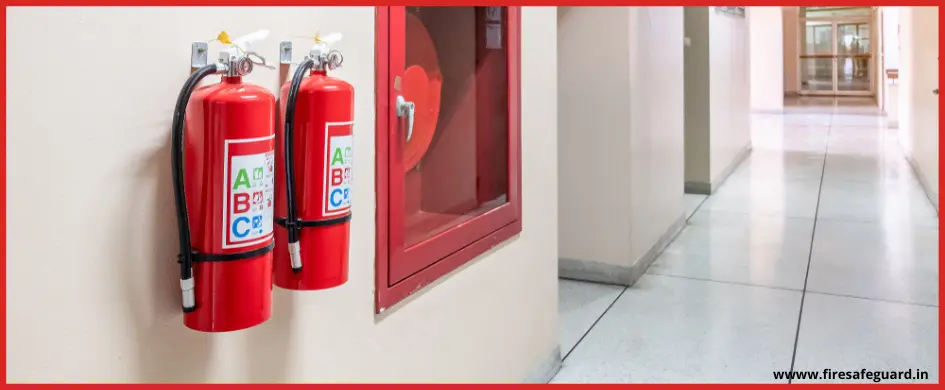
Ultimate Fire Extinguisher Buying Guide for Business owners

Known and Unknown Facts about Fire Everyone Should Know

Everything you need to know about Water Type Extinguisher

What is a Clean Agent Fire Extinguisher ? Detailed Guide 2024
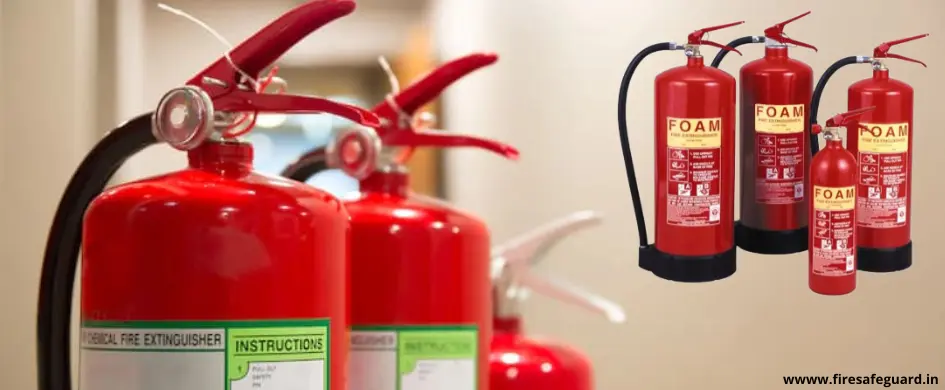
Everything You Need to Know About Foam-Type Fire Extinguishers
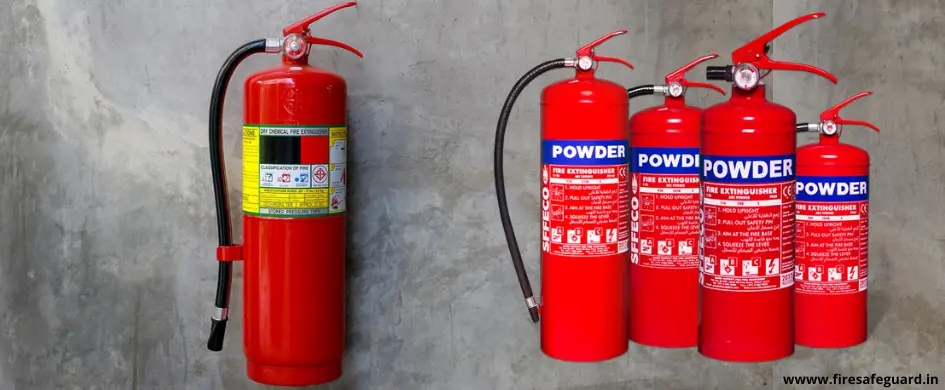
Everything You Need to Know about Dry Chemical Fire Extinguishers - Detailed Guide 2024

Top Fire Extinguisher Manufacturers in India
